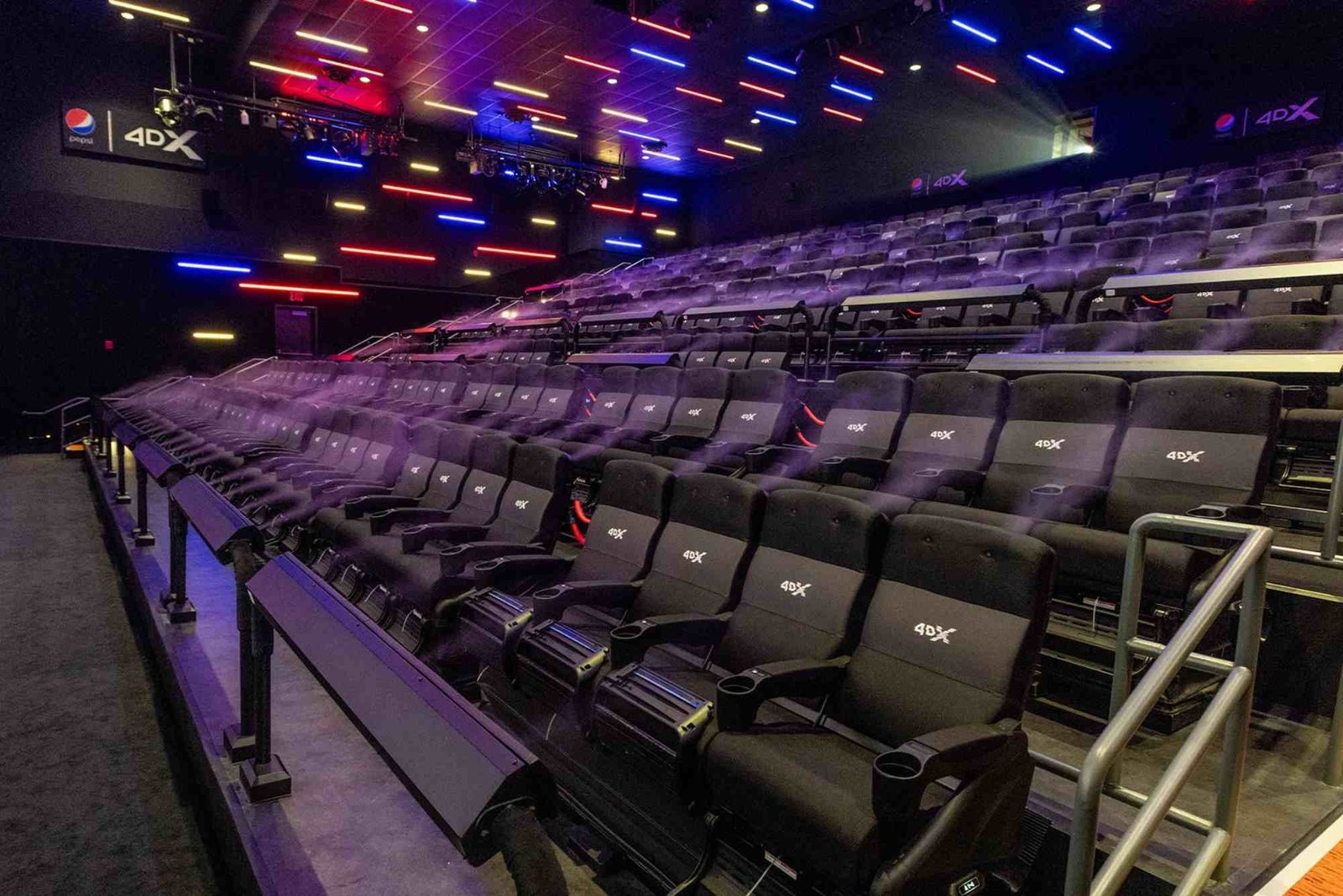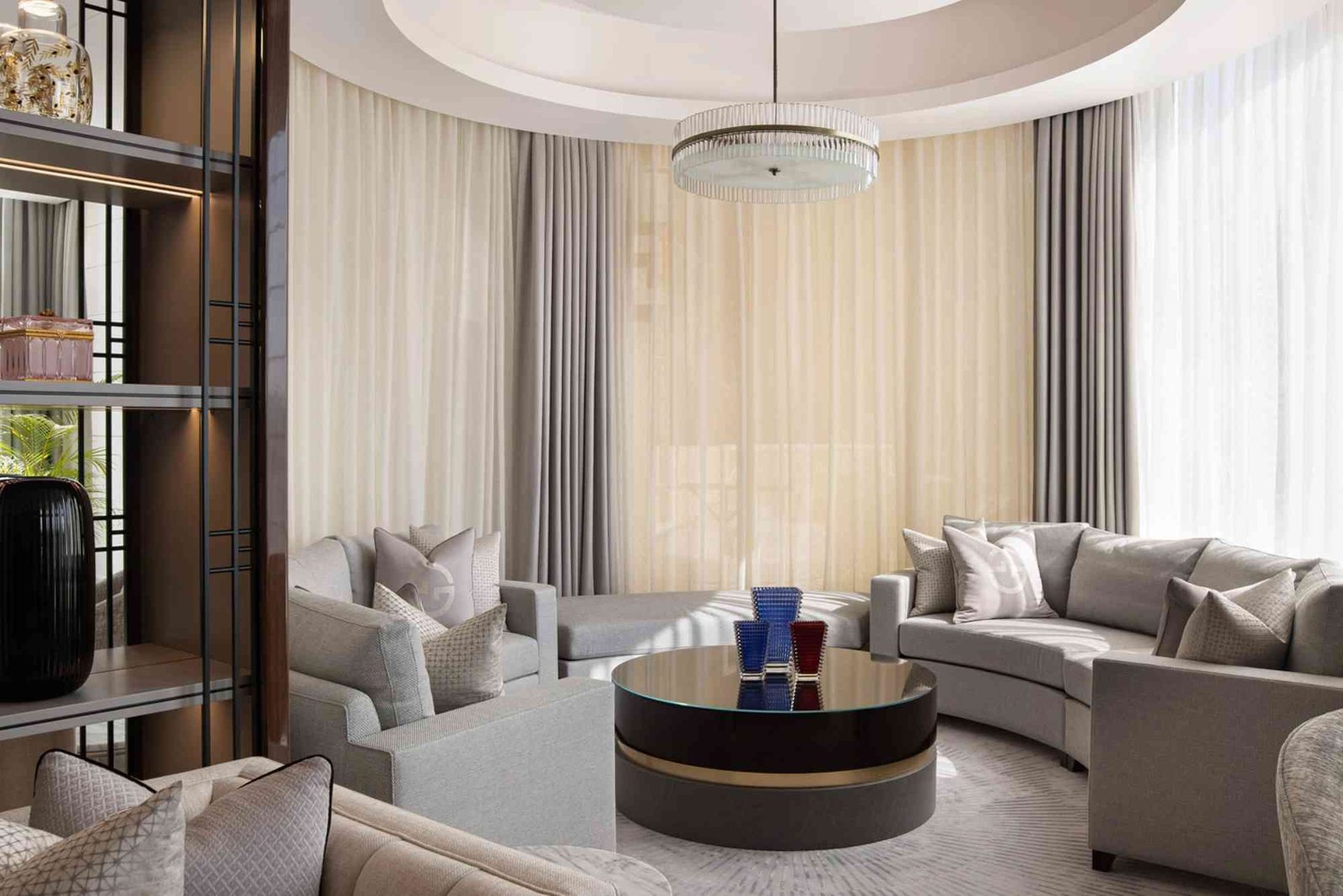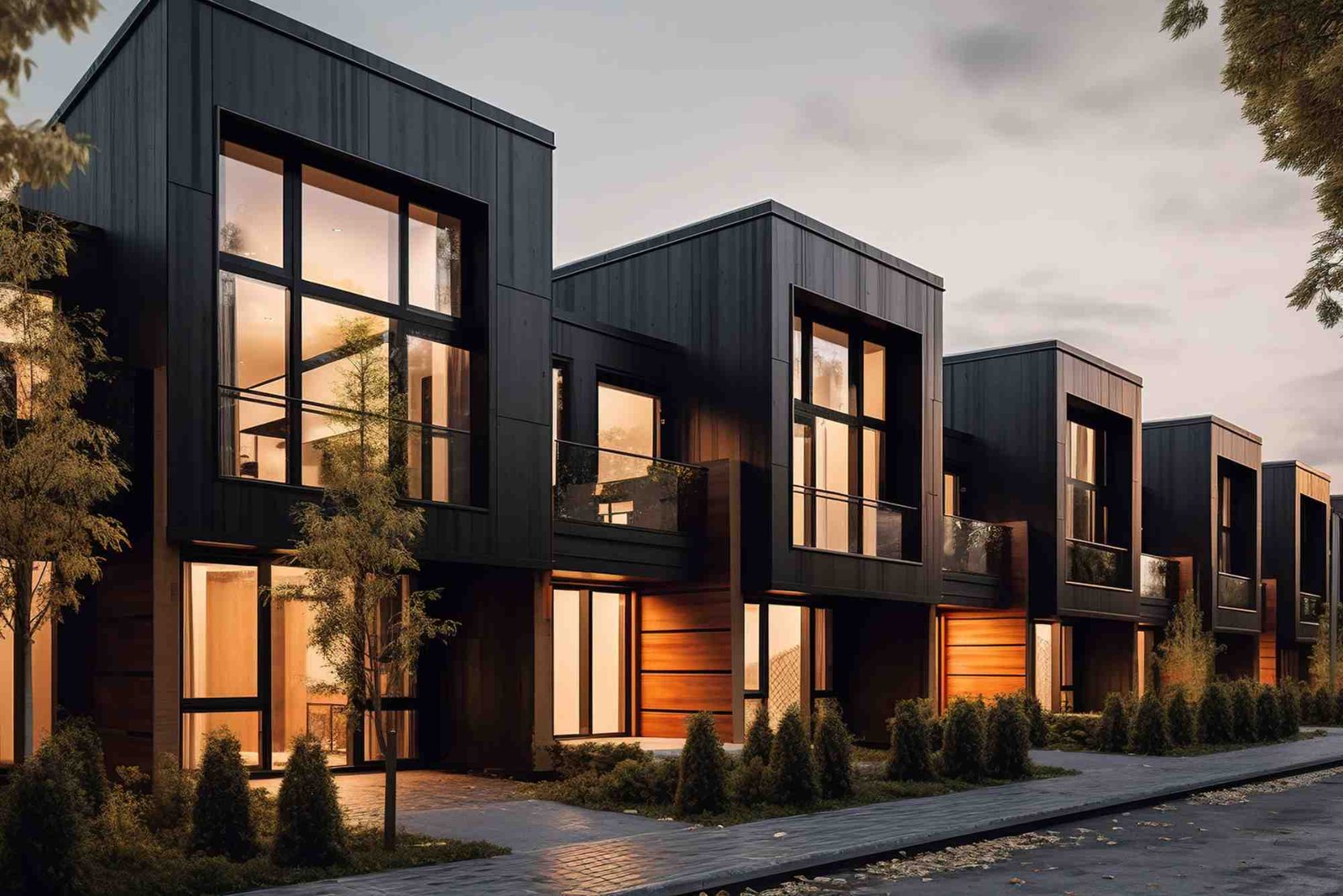Introduction
When building or renovating a structure, parapet wall coping is a vital design element that protects your building while enhancing its aesthetic appeal. The debate often centers around one major question — which is better for your project: aluminium or steel coping? In this Complete Guide to Aluminium Coping Vs Steel Understanding The Differences For Your Parapet Wall — What You Need to Know, we’ll explore every aspect of these materials to help you make an informed decision.
Whether you are an architect, contractor, or homeowner, understanding the differences between aluminium and steel coping can save you from future maintenance issues and costs. Let’s dive deeper into how these materials perform, their durability, cost factors, and design flexibility.
Understanding Parapet Wall Coping
Parapet walls are small protective walls that extend above the roofline, balcony, or terrace edges. Their main function is to prevent water from seeping into the structure. Coping acts as a protective cap placed on top of these walls to channel water away from the surface. Without proper coping, parapet walls can absorb moisture, leading to cracks, leaks, and long-term damage.
Coping materials come in various forms—concrete, stone, steel, and aluminium—but metal coping options are now gaining popularity due to their superior weather resistance and modern appeal.
Aluminium Coping: Lightweight, Durable, and Versatile
Aluminium coping has emerged as a preferred option for contemporary architectural projects. It is lightweight yet strong, making it easy to install and maintain. Aluminium does not rust, which gives it an advantage in humid or coastal environments.
It is also incredibly adaptable in design, allowing for powder coating in different colors and finishes to match your building’s aesthetic. Aluminium coping can be custom-fabricated to any size or shape, ensuring a seamless fit on parapet walls.
Key Benefits of Aluminium Coping
One of the main advantages of aluminium coping is corrosion resistance. Unlike steel, aluminium forms a natural oxide layer that protects it from rust and environmental damage. This makes it ideal for regions exposed to high humidity or rain.
Another benefit is low maintenance. Since aluminium coping does not require frequent painting or coating, it’s cost-effective over the long term. Additionally, its lightweight nature simplifies installation, reducing labor costs.
Moreover, aluminium coping offers flexibility in design. It can be anodized or powder-coated in various finishes, giving architects freedom to match the desired aesthetic. Whether for commercial buildings or modern homes, aluminium coping delivers sleek lines and a clean finish.
Limitations of Aluminium Coping
Despite its many benefits, aluminium coping also has limitations. It is softer than steel, meaning it can dent or scratch more easily under impact. Additionally, while it’s resistant to corrosion, it may still oxidize if left untreated for long periods.
Steel Coping: Strength, Structure, and Longevity
Steel coping, on the other hand, is known for its strength and structural integrity. It is the traditional choice for many industrial and commercial buildings because it offers unmatched toughness. Steel coping can handle higher loads and impact without deformation.
However, steel’s greatest challenge lies in its vulnerability to rust. Unless it is galvanized or stainless, steel can corrode when exposed to moisture. To overcome this, modern steel coping often comes coated or treated for added protection.
Key Benefits of Steel Coping
Durability is steel’s defining feature. It can last decades when properly maintained, even in harsh weather conditions. The material’s rigidity also makes it suitable for large parapet walls or areas with heavy structural demands.
Steel coping also provides a premium appearance, especially when finished with high-quality coatings or paint. Its sleek, polished look enhances the architectural strength of a building.
In addition, steel coping’s robustness means fewer chances of deformation or damage from external pressure or mechanical stress. For projects where resilience and longevity are critical, steel coping remains a dependable choice.
Limitations of Steel Coping
While steel coping is highly durable, its major drawback is maintenance. It needs regular inspections and repainting to prevent corrosion. Over time, untreated steel can develop rust stains, compromising both appearance and performance.
Additionally, steel coping tends to be heavier than aluminium, making installation more labor-intensive. The higher weight also means greater structural support is needed, which can increase project costs.
Comparing Aluminium and Steel Coping
When deciding between aluminium and steel coping, several factors come into play, including budget, location, maintenance requirements, and aesthetic goals.
Aluminium coping is lightweight, rust-resistant, and easy to customize, making it a preferred option for residential and coastal projects. Steel coping, however, excels in strength and is ideal for heavy-duty or industrial applications.
Thermal performance is another consideration. Aluminium conducts heat more efficiently than steel, which may be a drawback in extremely hot climates. In contrast, steel coping is better at maintaining structural rigidity under fluctuating temperatures.
Cost is also a key differentiator. While aluminium has a higher upfront cost due to fabrication and coating, it typically offers better long-term savings because of reduced maintenance. Steel, though often cheaper initially, may incur higher lifetime costs due to corrosion control and upkeep.
If you want a deeper breakdown of these materials and how they perform in real-world applications, check out this complete aluminium coping vs steel understanding the differences for your parapet wall guide for expert insights.
Installation and Maintenance Considerations
Installation Ease
Aluminium coping is much easier to install due to its light weight. Contractors can handle and fix aluminium panels quickly without needing heavy machinery. Steel coping, on the other hand, requires more manpower and sometimes special tools due to its density and weight.
Maintenance Requirements
Aluminium coping needs minimal maintenance. Occasional cleaning and inspection are enough to ensure long life. Steel coping, however, demands periodic painting, coating, or galvanizing to resist corrosion. This makes aluminium the more convenient choice for building owners who prefer low-maintenance materials.
Aesthetic Versatility
Both materials can be finished beautifully, but aluminium offers more customization options. Powder coating allows for a range of textures and colors, enhancing visual appeal. Steel’s appearance tends to be more industrial, though it can still look striking with the right finish.
Environmental and Sustainability Factors
From an environmental perspective, aluminium is one of the most sustainable building materials available. It is fully recyclable without losing its strength or quality. Recycling aluminium also uses less energy compared to producing new metal.
Steel is also recyclable, but the recycling process is more energy-intensive. However, because steel products tend to last longer in heavy-duty applications, they can offset their environmental impact over time.
When choosing between the two, consider both the sustainability of your project and the desired lifespan of your parapet coping system.
Cost Comparison
Aluminium coping generally costs more per linear meter compared to steel. However, when factoring in installation ease and minimal maintenance, the overall lifetime cost of aluminium is often lower.
Steel coping may be more economical for large-scale industrial projects where durability outweighs aesthetic concerns. Still, the potential for rust and ongoing maintenance should be accounted for in long-term cost planning.
Which One Should You Choose?
Your choice between aluminium and steel coping depends largely on your project’s environment and priorities. For coastal or humid regions, aluminium coping is clearly superior due to its resistance to corrosion. For high-strength structural needs, steel coping may be better suited.
Architects and engineers often choose aluminium for modern designs that require sleek aesthetics and low maintenance. Steel remains the go-to choice for traditional or industrial structures where ruggedness and strength matter most.
Ultimately, the decision should align with both your architectural goals and budget expectations.
(FAQs)
Which is more durable, aluminium or steel coping?
Steel coping is stronger and more impact-resistant, but aluminium offers superior corrosion resistance and long-term performance in humid areas.
Does aluminium coping rust?
No, aluminium does not rust. It forms a protective oxide layer that shields it from corrosion.
Can steel coping be used in coastal areas?
Yes, but only if it’s galvanized or coated to prevent rust. Aluminium is generally a better choice for coastal conditions.
Which coping material is easier to install?
Aluminium coping is lighter and easier to install, reducing labor time and costs.
What is the best finish for aluminium coping?
Powder coating is recommended as it enhances both aesthetics and durability.
For further reading and construction tips, explore related blog resources or learn more about material science through Wikipedia to expand your understanding of building materials and architectural design.
Making the Right Choice for Your Parapet Wall
Choosing between aluminium and steel coping is not just about price—it’s about long-term value, performance, and visual appeal. In this Complete Guide to Aluminium Coping Vs Steel Understanding The Differences For Your Parapet Wall — What You Need to Know, we’ve compared durability, maintenance, and environmental impact to help you choose the right fit.
If you value corrosion resistance, lightweight design, and low maintenance, aluminium coping is the winner. For high-strength applications where structural integrity is paramount, steel coping stands strong.
Before starting your project, consult an expert or refer to our complete aluminium coping vs steel understanding the differences for your parapet wall guide to make an informed choice. Your parapet wall deserves the best protection — choose wisely and ensure lasting results.









